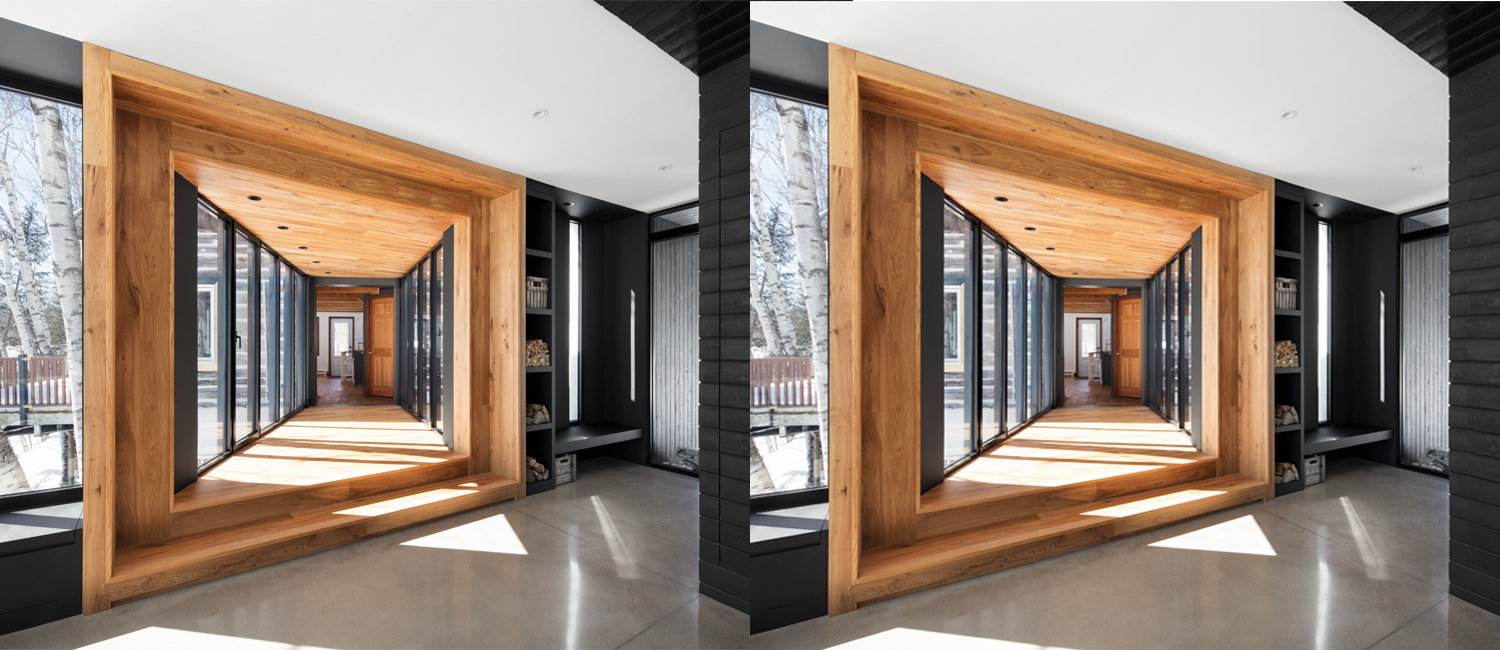
Why do designers and architects need media coverage?
What are the benefits of getting published locally and internationally? Why is media coverage so important for design and architecture professionals?
As a designer or architect, it’s important to promote your work. In our previous post, we had a look at the marketing tools available to architects and designers; one of them is media coverage. In a nutshell, getting media coverage has many benefits for growing your business – and it’s often very affordable.
For more than 25 years, v2com has been helping designers and architects get published in the world’s most prestigious publications through its newswire and media relations work. Without further ado, here are our top five benefits of getting coverage.
...
1. Exposure to a wide audience

Media coverage means getting your firm and projects seen by a wide, but still targeted, audience. There are several media types – printed magazines, architecture websites, general news media, specialized books – that make your work more visible to a readership that’s large, but still relevant to you. Coverage helps you reach more readers than you could with a social media campaign, which mostly reaches your existing community. Depending on the media outlet’s distribution and circulation, you’ll be exposed to a new network, and you could reach the highest possible number of people. Specialized and general media are important tools for getting your projects seen by readers who are difficult to reach by other means.
Coverage in an internationally reputed publication is your global showcase! It delivers thousands of readers – or even millions, online – making it an exceptional platform, with a guaranteed high-quality readership. To name just a few publications, Archdaily, Dezeen and Designboom all have millions of readers, and all have exacting standards for selecting projects to cover. Surprisingly, media exposure to a large audience is not simply about landing new clients; it’s also about boosting your reputation and name recognition among prospective and existing clients alike.
2. Reap the benefits of objective recognition

An article in an influential publication is unlike any traditional form of publicity, because it’s objective recognition from a credible source. Your project is selected and praised by a recognized industry expert and by the public, and therefore you benefit from the outlet’s reputation and audience, which in turn enhances your own reputation.
Readers trust you thanks to the outlet’s credibility. “This is a credible source and I trust its content. They decided to publish this firm’s project. So now I have more confidence in the firm’s expertise.” The more coverage you get, the more the effect is compounded.
When your project is selected and published by a magazine as highly regarded as Dwell, Elle Decor, Wallpaper* or Domus, to name a few, your work has been validated by subject-matter experts who are trusted for their high-quality content. The more prestigious the publication, the more rigorous the selection process, and the more coveted the media coverage. That’s why the reputation of major magazines like Domus or Abitare has such high value for designers and architects, despite having a smaller readership than, say, Archdaily or Dezeen. Their reputation increases the value and credibility of your work. So it isn’t always quantity (readers) but quality (reputation) that matters most. Ideally, you’ll be able to juggle both and get varied and balanced media coverage.
There are a few different ways to gauge a publication’s reputation, including the editorial team, the quality and quantity of readers, the quality and quantity of articles and exclusive content. We’ll take a closer look at this topic in a future post, where we’ll share our picks for the best international design and architecture publications, both print and digital.
3. Boost your reputation

Not only does media coverage help you reach potential clients, it makes a big contribution to growing your reputation – and that’s another path to landing more contracts. An article in a local newspaper gives you more direct contact with potential clients. But the goal of an article isn’t simply to inspire a reader or two to give you a call. One of the goals and benefits of media coverage is building credibility and name recognition among your clientele, whether it’s local or international. In many cases, that kind of recognition requires international coverage. The vast majority of prestigious publications have a global presence. Local media are also limited by their relatively small readership, while international media open up much bigger possibilities. In other words, don’t limit yourself to your local area. If your work is recognized by high-profile media and experts both at home and abroad, your potential clients won’t just be reassured, they’ll be truly impressed.
4. Shape your brand image

Aside from showcasing your latest project, an article can give your firm an opportunity to send an important message and build your brand. You will use your press release to tell journalists what you want to say about yourself; it’s your chance to deliver a precise message that fits your image and connects you to your world. That level of control allows you to build a strong bond with your audience, building a stronger image while reinforcing the message that your company is hard at work achieving great things.
One article is good, two are better! The more coverage you get, the more people hear your message and the stronger your brand. So it’s important to have a regular, ongoing public presence to keep that image strong.
5. Create business opportunities

As we’ve already seen, media coverage will boost your visibility, credibility and name recognition. It can also lead to excellent business opportunities and new contracts, whether directly or indirectly. The direct route: a potential client who needs a designer or architect reads an article about you, likes your work and contacts you to explore a new project. Indirect: a potential client who’s looking for a designer or architect might visit your website, and confirm your credibility by reading articles you’ve linked. Another frequently used tactic: attaching your media file – i.e. your most recent articles – to your proposals. This approach is increasingly popular with designers and architects.
An interesting example is that of the Mu Architecture firm. One of their projects was published in a Lithuanian magazine. The country had never been a target market for the young studio. But the article caught the eye of a French buyer who had moved to Quebec, and wound up hiring Mu Architecture to build their second home.
New contracts aside, business opportunities can also come in the form of new local or international business partnerships, participation in events, competitions, serving on competition juries, invitations to speak at conferences, and more.
...
Getting media coverage at home or abroad, in print or online, in specialized or general media: all coverage is beneficial. But it’s still important to have a media strategy. It can be global, focused on the company, or sometimes even sharply focused on a single project. A strong understanding of publishers’ needs, including publication requirements and constraints, should be an integral part of your strategy. That’s why the approach you choose is so important: do you handle media relations internally, or work with a PR agency? Do you use an international newswire? Both? We’ll look into these questions in depth in our next post, Getting Published: with or without PR?
To discuss your media strategy and learn more about the benefits of local and international coverage, feel free to contact Pénélope Fortin, pfortin@v2com-newswire.
By Pénélope Fortin
A design graduate with a passion for communications, Pénélope Fortin has been in charge of media relations for designers and architects at v2com for more than seven years. A creative, detail-oriented professional, she is in contact with media around the world and loves developing innovative media strategies for her clients.

